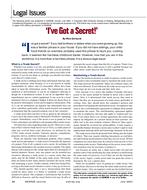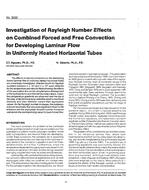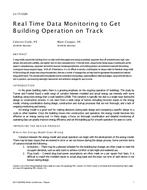Technology transfer within the building industry can take many forms—from research reporting, to case studies, to classroom learning. Sometimes, we seek building science lessons from nature, hoping to apply the experience of time-proven systems to the construction and energy challenges we face today.
Honey bees (genus Apis) are highly eusocial insects that evolved during the Neolithic Age (approximately 70 million years ago). As such, Apis mellifera—the common Western honey bee—has been in the sustainable building science business for at least 20 million years (more than 10 million years longer than humans). Their nest construction, social structures, energy management, honey production, and crop pollination have been studied more than any other social insect. Evidence exists that humans have been harvesting honey and honeycomb as far back as 7000 B.C. and have been actively tending honey bee colonies since ca. 5000 B.C. So what building science lessons have we gleaned from honey bees?
This paper will address some of the building science lessons we continue to learn from the study of Apis mellifera. We will explore various aspects of structural design, energy conversion, indoor air quality, water management, thermal insulation, and ventilation that we might learn from the honey bee as a model system. First, we will briefly re-visit the well-studied structural characteristics of honeycomb, perhaps the best-studied example of building science that we have already applied from the study of the honey bee hive structure. Second, we will address key issues of temperature regulation within the hive, both through heating and cooling techniques. Third, we will outline specific mechanisms of maintaining colony health through the incorporation of certain building materials.
Lastly, we will reinforce several themes of sustainability—from energy and resource management, to planning for future growth, to new ways we might respond to resource depletion—in an effort to incorporate these lessons into the structures and communities we build.
Presented at Thermal Performance of Exterior Envelopes of Whole Buildings X – December 2007
Units: Dual
Citation: Thermal Performance of Exterior Envelopes of Whole Buildings X
Product Details
- Published:
- 2008
- Number of Pages:
- 9
- File Size:
- 1 file , 3.8 MB
- Product Code(s):
- D-BldgsX3


